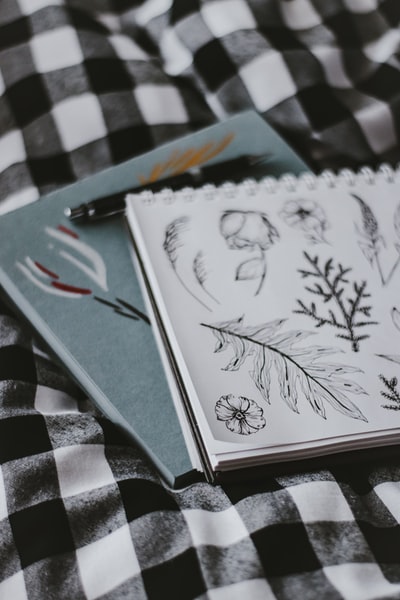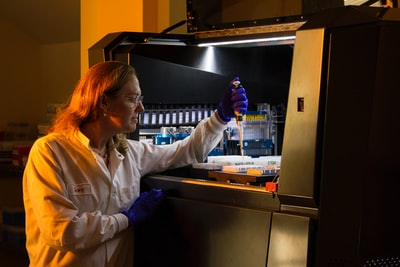Plant Cells

Plant cells contain:
- Large vacuole: this is water filled and enclosed within the tonoplast which keeps the cell turgid, controls substance movement between the sap and cytosol, stores materials, and digests waste products.
- Cell wall: this is composed of cellulose, pectin and usually lignin (as opposed to the cell wall in fungi which is made from chitin). It contains pores, called plasmodesmata, which allows direct communication with adjacent cells.
- Chloroplasts: these contain chlorophyll, the chemical required for photosynthesis.
- Other plastids: other plastids include amyloplasts for storing starch, chromoplasts for storing pigments, and elaioplasts for fat storage.
——————————————————
Haemoglobin Structure

Different forms of haemoglobin have different oxygen transporting properties depending on the environment of the animal. One prime example is the giant tube worm. It lives in ocean volcanic vents and contains haemoglobin made up of 144 globin chains. This type of haemoglobin is able to carry oxygen in the presence of sulphide, a substance which would usual inhibit, if not completely poison, the haemoglobin of other species.